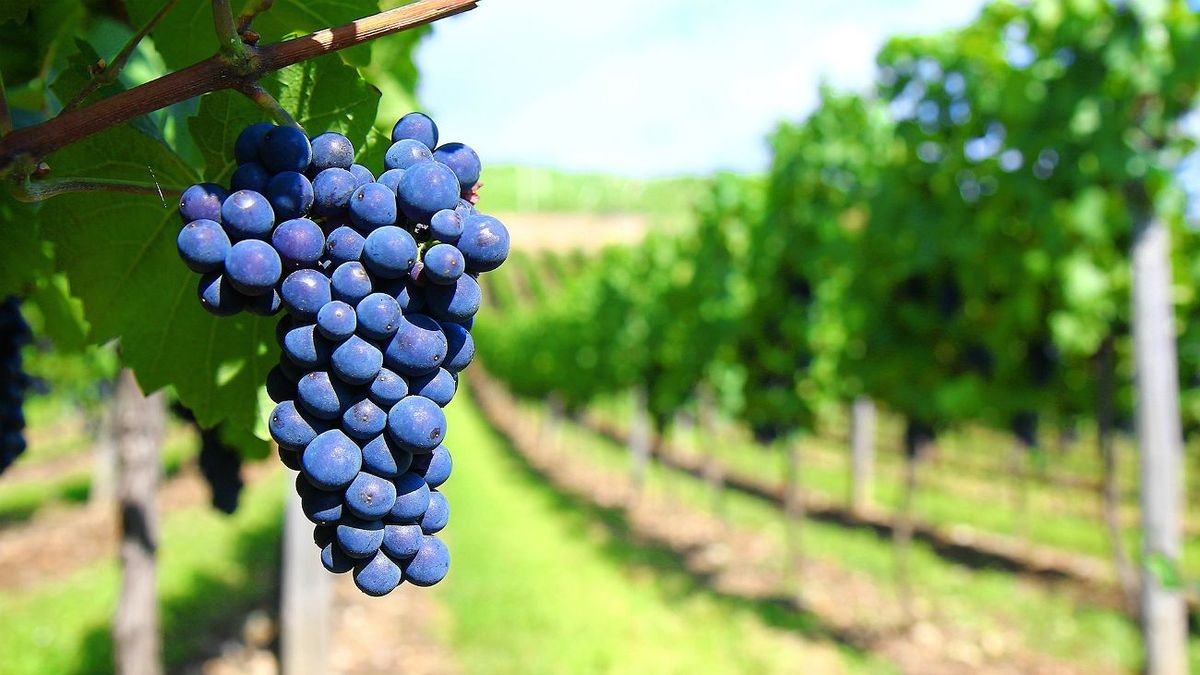In this regard, the president of the entity, Elbio Laucirica, assured that, in addition to these circumstantial or circumstantial factors, “we once again fall on the lack of public policies sustainable that grant predictability”. And he pointed out that this means that “we are not taking advantage of opportunities for what the world demands and requires, such as biofuels and healthy foods produced in sustainable environments.”
Prices rise due to production problems
According to Coninagro, the productive and market part are the most affected. In the area where there may be production, raise the pricebut, due to lack, “and in other areas the drought is affecting, the reduction of planted areas compared to previous campaigns,” said the technician Silvina Campos Carlés.
To which he added that “there are also stocks decreased or not so recovered, except in livestock, where a little more stock is expected going forward”. Regarding the local market, the consumer is not validating increases in quantities and, internationally, no significant increases in values are expected.
In another order, expressed Juan Salvay, counselor of Coninagro in Córdoba and producer of grains who assured that “we come from a third year with La Niña, so, we began planting a fine one with a low water profile.”
And he explained that the crop developed well, with some intermediate rains, but later, the frosts -both early and late- made the planting fail. fine harvestespecially wheat, reporting losses of between 50/70%.
The thick campaign also suffered
“The thick campaign of corn and soybean was impacted by the drought, with low humidityin the first crops there was not only a lack of water, but also temperatures higher than normal and this affected the flower and pollination of corn, the development of corn and soybeans, with great damage, the corn with a good technological package we estimate they will be between 50% of the estimated yield”, said Salvay.
And second-rate crops have already received some contribution of rainwater at the end of the year or January and have a different performance, it also implies that they have been planted later than normal and the projection is that the yields are not as expected at the end of the campaign, according to the leader.
The citrus sector
For his part, citrus producer Nicolás Carlino, counselor of Coninagro and president of Fedecoop, evaluated the situation in the coastal area and said: “We have come from 3 very complicated years, with a very marked water deficit in the province.”
He assured that this lack of water is noticing strong. To exemplify, he mentioned that, in the south-central area of Corrientes, in 2022, it rained 47% less than the normal average. “Not replenishing this lack of water has led us to a crisis in all productive activities,” he reported.
Problems for the livestock sector
The leader commented that, “from INTA, it was estimated that the livestock sector in the south-central area of Corrientes, will enter the winter with only 20% of the reserve of dry matter or grass so that the animals can spend the winter.”
Thus, he anticipated that they will go from more than 4,000 kilos of dry matter to 1,000 kilos to feed animals. “We can’t replace that with verdeo, we don’t have water and a complicated scenario is coming,” Carlino said.
He explained that “as supply begins to fall, the price can increase” and pointed out that the producer does not manage that because “it is a matter of market and demand.” Consequently, the fall in production, added to the sustained demand and low supply, may increase prices.
In January, the citrus production ran out of fruit in the cold room, something unthinkable for the time and the producer began to work the fruit in the cold room, which entails costs of harvesting, processing, electricity, among others, and sometimes in this distortion the fruit loses quality and caliber, which would be the size,” he concluded.
Source: Ambito




